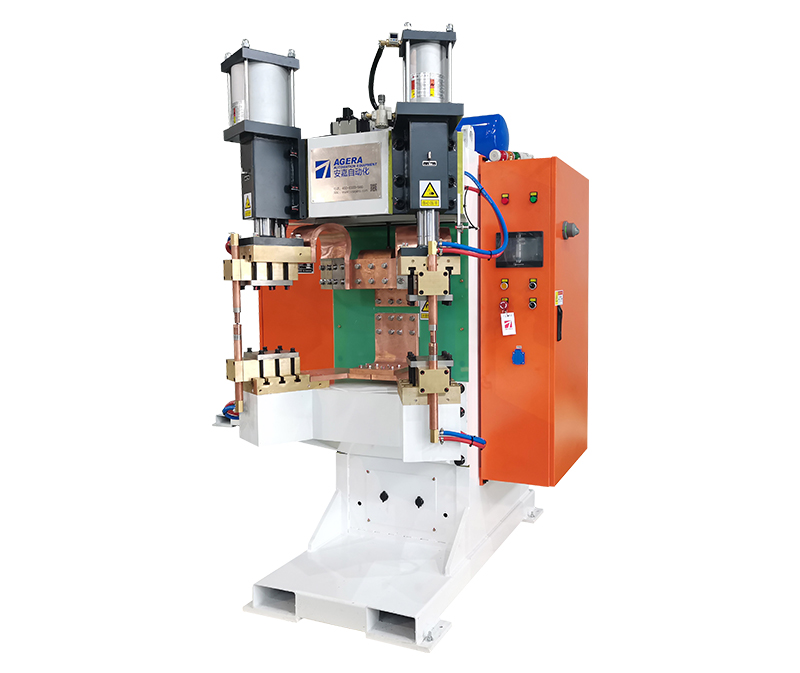In the realm of manufacturing and fabrication, precision and quality are paramount. One area that exemplifies this is the design of nut spot welding joints and studs. This article delves into the intricacies of this process, highlighting the importance of meticulous planning and execution in achieving impeccable results.
The Significance of Nut Spot Welding Joints: Nut spot welding joints are essential components in various industries, especially in automotive, aerospace, and construction. These joints provide structural stability and ease of disassembly, making them indispensable for maintenance and repair work. A well-designed nut spot welding joint ensures a secure connection, minimizing the risk of structural failure.
Design Considerations:
- Material Selection: The choice of materials for the nut and the base metal is critical. Consider factors such as compatibility, corrosion resistance, and strength to ensure the joint’s longevity.
- Stud Design: The stud’s geometry, including its diameter, length, and threading, should be carefully tailored to the specific application. It is imperative that the stud accommodates the nut precisely, promoting a secure fit.
- Welding Method: Select an appropriate welding method, such as resistance spot welding, for attaching the nut to the base material. The weld should be robust, free of defects, and exhibit high weld integrity.
- Location and Orientation: Determine the ideal location and orientation of the nut spot weld to ensure ease of access and optimal load distribution.
- Heat Management: Implement effective heat management techniques to prevent material distortion, especially in heat-sensitive applications.
Benefits of a Well-Designed Joint: A well-designed nut spot welding joint offers several advantages:
- Enhanced Durability: Properly designed joints withstand mechanical stresses and environmental factors, ensuring a longer lifespan.
- Increased Efficiency: Quick and secure assembly/disassembly contributes to efficient manufacturing and maintenance processes.
- Cost Reduction: Reduced downtime for maintenance and fewer replacement parts translate to cost savings.
- Safety: Robust joints contribute to overall equipment and structural safety, minimizing the risk of accidents.
The design of nut spot welding joints and studs is a critical aspect of manufacturing and fabrication. Precision in design and execution is paramount to ensure the longevity, efficiency, and safety of the end product. By carefully considering material selection, stud design, welding methods, location, and orientation, manufacturers can create joints that not only meet industry standards but also exceed them, providing value and reliability to their customers.
Post time: Oct-25-2023



